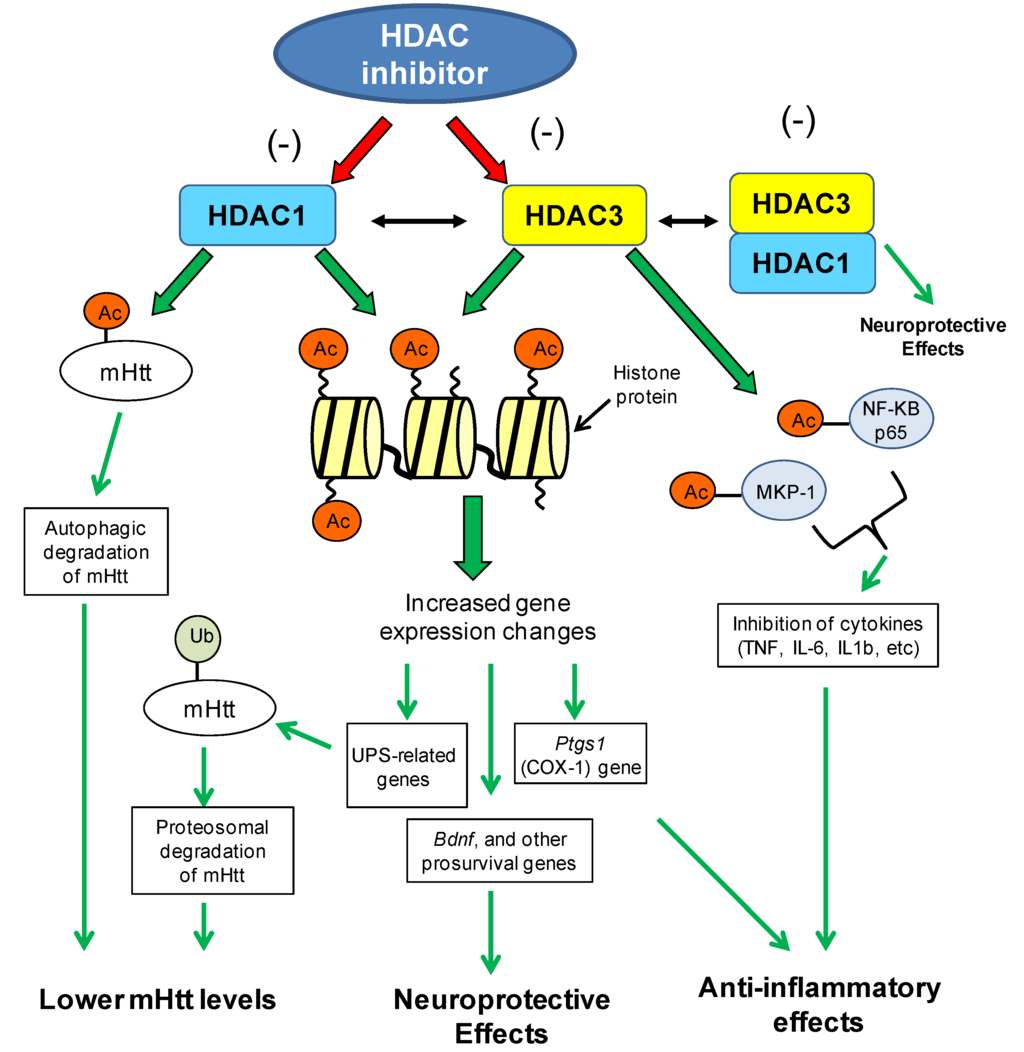
θ-Defensins are antimicrobial peptides with broad-spectrum activities against bacteria, fungi, and viruses. In animals, the only known circular peptides are θ-defensins, which are expressed in blood leukocytes and bone marrow of Old World monkeys. Daptomycin, is a 13-amino acid cyclic lipopeptide with a decanoyl side chain isolated from Streptomyces roseosporus that has recently been approved to treat infections against Gram-positive organisms, including multi-resistant strains. For example, cyclosporin A is a fungal peptide with potent immunosuppressive properties and is used to treat organ transplant patients. Bacteria and fungi express numerous backbone-cyclized peptides that are currently in use as therapeutic agents. Head-to-tail or backbone-cyclized peptides are present throughout nature from bacteria to animals.

The present review reports the biological diversity and therapeutic potential of natural and engineered cyclotides. The cyclotide scaffold can be engineered or evolved using molecular evolution to inhibit protein-protein interactions implicated in cancer and other human diseases, or design new antimicrobial. Considering their stability, biological activities and ability to cross the cell membrane, cyclotides can be exploited to develop new peptide-based drugs with high potential for success. Currently more than 100 sequences of different cyclotides have been characterized and the number is expected to increase dramatically in the coming years. Their unique circular backbone topology and knotted arrangement of three disulfide bonds makes them exceptionally stable to thermal, chemical, and enzymatic degradation compared to other peptides of similar size.

Cyclotides are a growing family of large plant-derived backbone-cyclized polypeptides (≈30 amino acids long) that share a disulfide-stabilized core characterized by an unusual knotted structure.


 0 kommentar(er)
0 kommentar(er)
